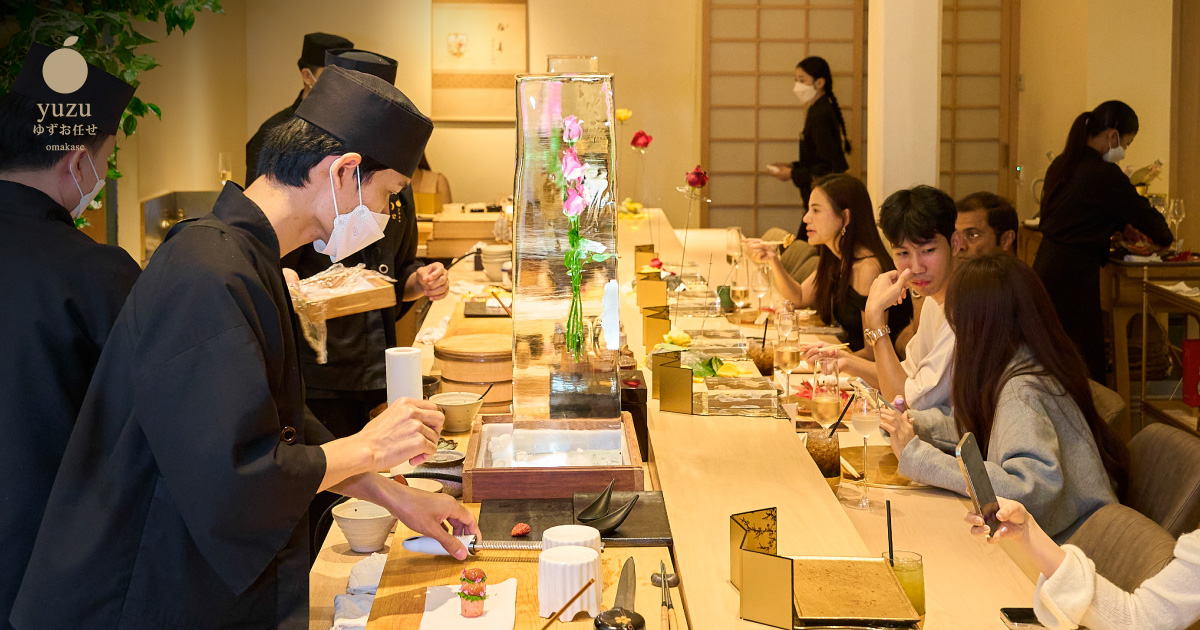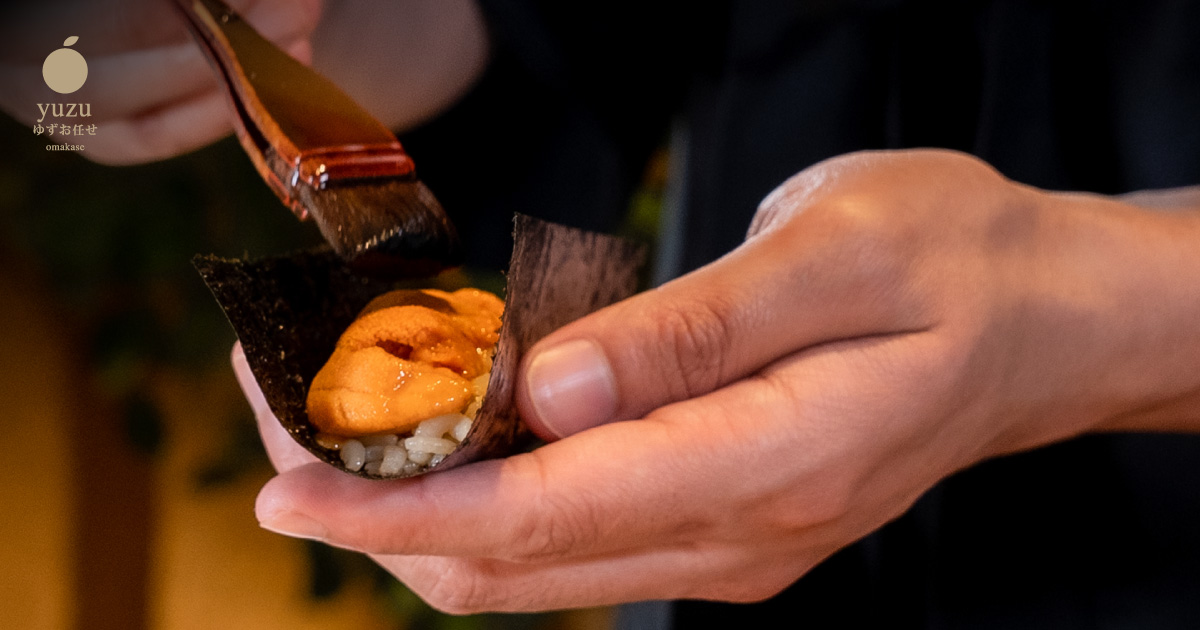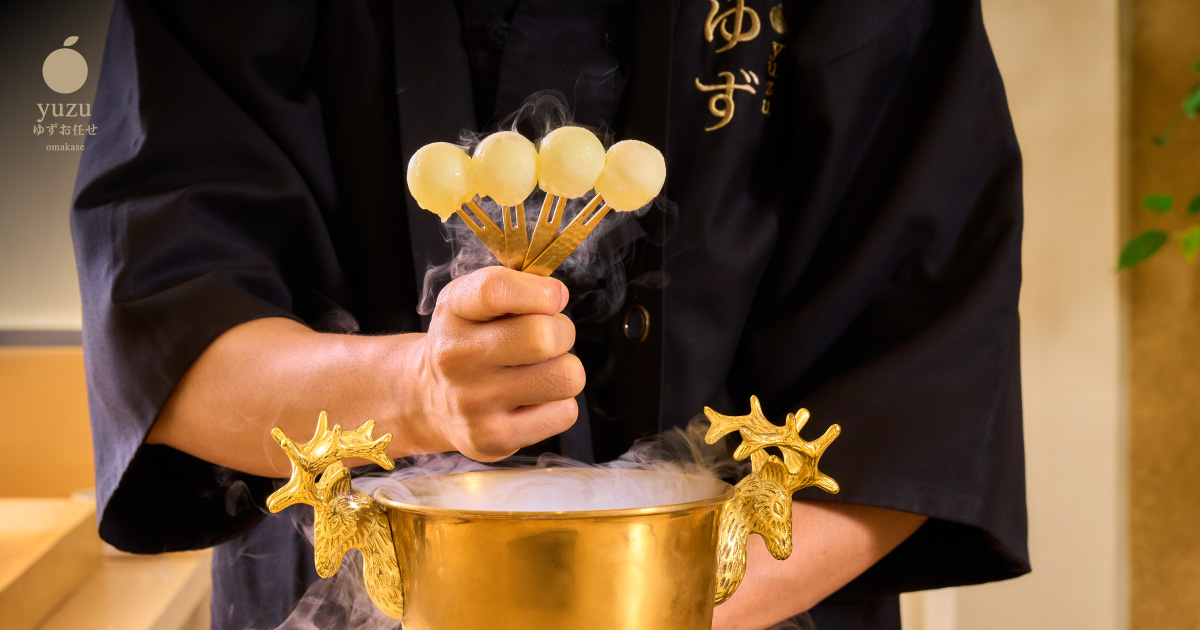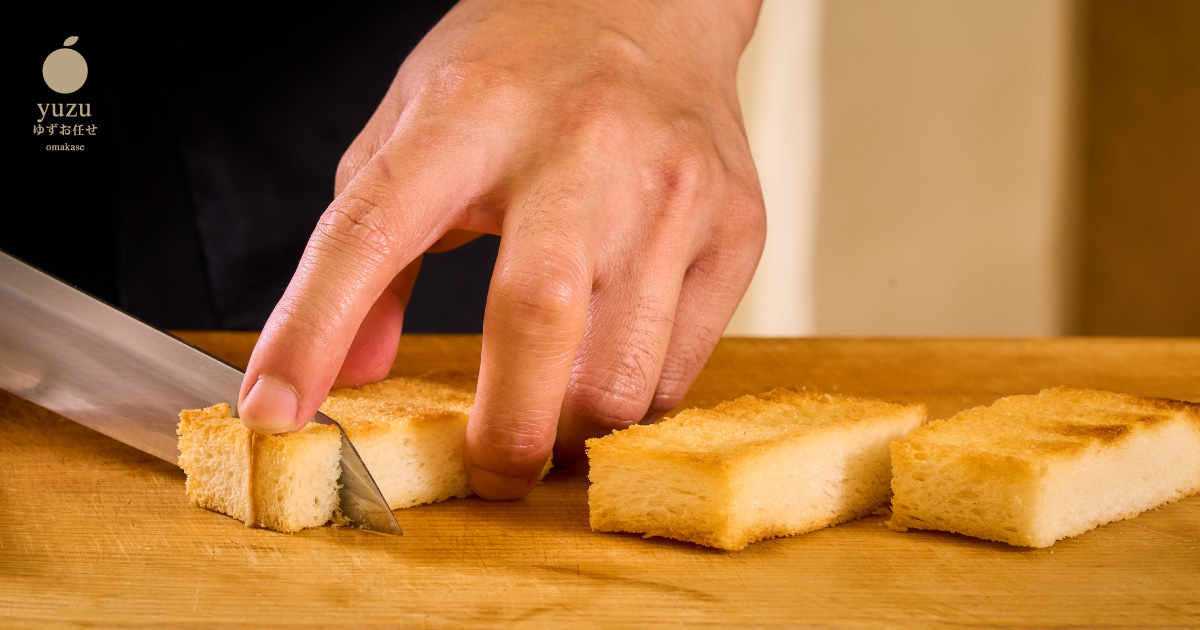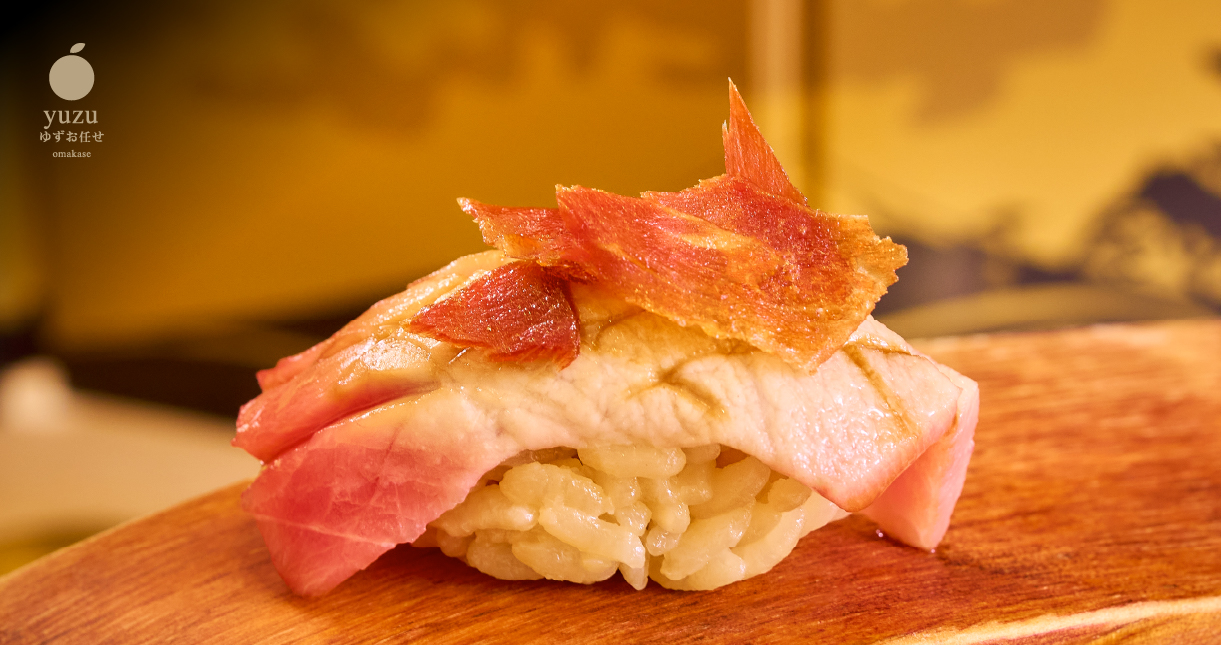
Nigiri vs Sashimi: A Global Perspective on Japanese Cuisine
The Global Appeal of Japanese Cuisine Japanese cuisine has captured the hearts of food lovers across the globe, offering a culinary experience rooted in tradition, artistry, and simplicity. Two of the most iconic elements of Japanese dining are nigiri and sashimi—dishes that showcase the delicate balance of flavors and the respect for high-quality ingredients that define Japanese food. While both nigiri and sashimi are celebrated worldwide, they represent different styles of preparing and serving fresh seafood.
The World ● 2024 Oct 28
Nigiri vs Sashimi: A Global Perspective on Japanese Cuisine
In this article, we’ll explore the differences between nigiri and sashimi, how they are appreciated in different parts of the world, and how these two dishes have come to represent the essence of Japanese cuisine in a global culinary landscape.
1. Nigiri vs Sashimi: What’s the Difference?

Although both nigiri and sashimi feature raw fish and seafood, they are distinct in terms of preparation, presentation, and overall dining experience.
What is Nigiri?
Nigiri is a type of sushi that consists of a small mound of seasoned sushi rice, typically topped with a slice of fresh fish or seafood. The word “nigiri” translates to “grip” or “hand-pressed,” referring to the way the sushi chef shapes the rice by hand before gently placing the fish on top. Nigiri is often garnished with a small amount of wasabi and occasionally drizzled with soy sauce.
Key Components of Nigiri
Sushi rice (shari)
Vinegared rice that is lightly seasoned and carefully molded.
Fish or seafood topping
Often salmon, tuna, shrimp, or eel, served raw or slightly seared.
Garnish
Wasabi, soy sauce, or other seasonings to enhance flavor.
Nigiri is a fundamental part of the omakase experience at sushi restaurants like Yuzu Omakase, where the chef selects the freshest fish to create a perfect balance of rice, seafood, and seasoning in each bite.
What is Sashimi?
Sashimi, on the other hand, is purely about the fish or seafood itself. Sashimi consists of thin, expertly sliced pieces of raw fish or seafood, served without rice. It is often accompanied by garnishes such as daikon radish, shiso leaves, or a side of soy sauce and wasabi for dipping.
Sashimi highlights the natural flavors and textures of the seafood, allowing diners to appreciate the quality of the ingredients without the addition of rice or other components. While sashimi is often seen as a simpler dish, it requires great skill to slice the fish properly and present it in an aesthetically pleasing manner.
Key Components of Sashimi
Fish or seafood
Thinly sliced, often served raw and unseasoned.
Garnish
Accompanied by soy sauce, wasabi, or other simple sides.
Sashimi is typically served as a starter in Japanese cuisine, offering a clean and refreshing introduction to a meal before moving on to heartier courses like nigiri or maki rolls.
2. The Global Journey of Nigiri and Sashimi
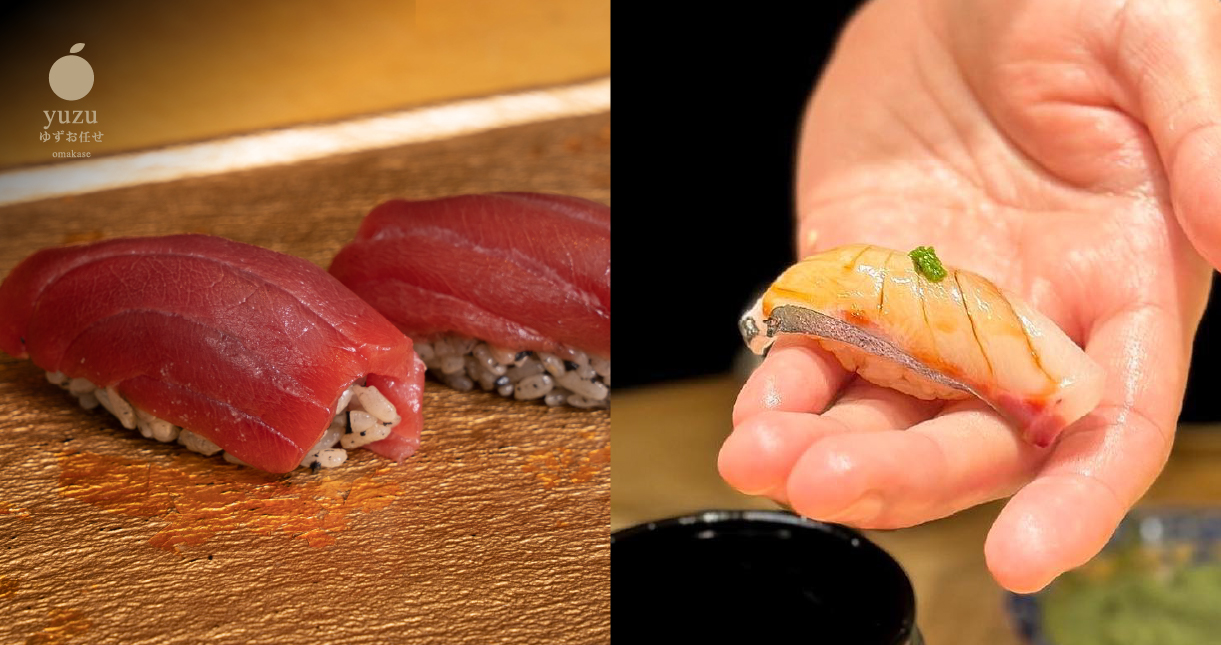
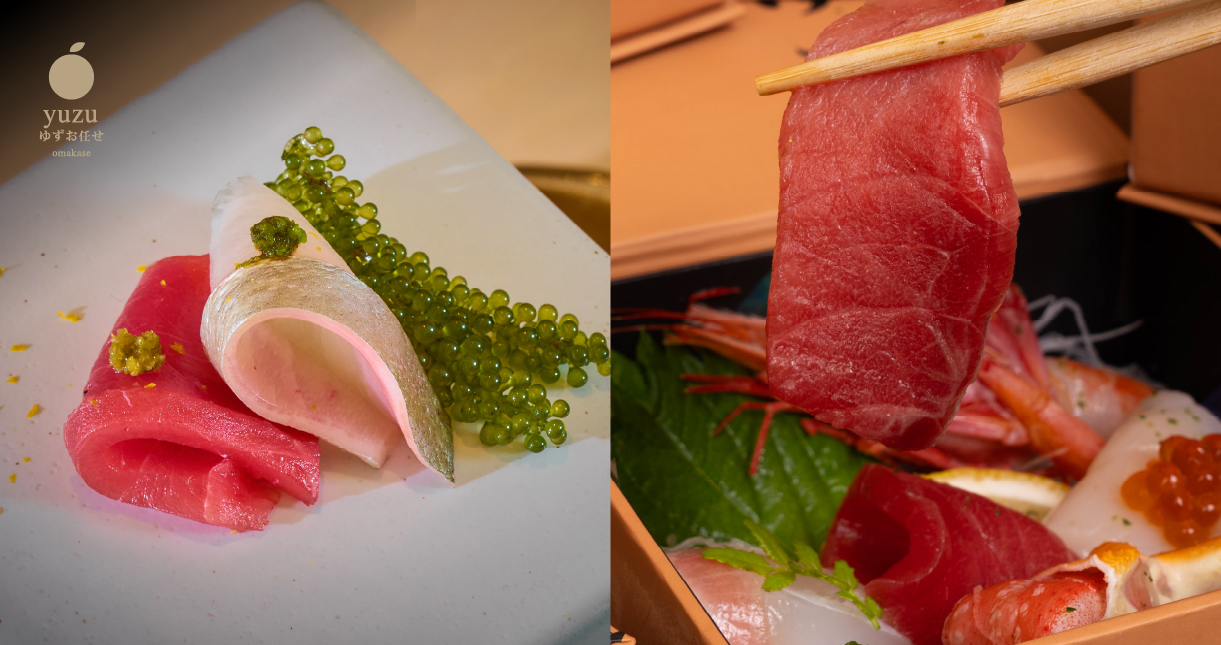
As Japanese cuisine spread across the world, nigiri and sashimi have become global culinary icons, each embraced by different cultures in unique ways. In many countries, these dishes are not only appreciated for their taste but also for their cultural and artistic significance.
Nigiri’s Global Appeal
Nigiri is often seen as the more approachable of the two, especially for diners who are new to raw fish. The addition of seasoned rice makes it a more filling and balanced option, allowing the diner to experience the contrast between the slightly vinegary rice and the smooth, delicate texture of the fish. This balance has made nigiri popular in both casual sushi restaurants and fine dining establishments worldwide.
In the United States
Nigiri sushi has become a staple of Japanese restaurants in cities across the U.S., from Los Angeles to New York. American diners often enjoy nigiri topped with traditional choices like tuna, salmon, and yellowtail, as well as more localized variations that include ingredients like avocado or spicy mayo.
In Europe
European countries, especially France and the UK, have embraced nigiri as part of the sushi revolution that began in the late 20th century. In these regions, sushi is often seen as a trendy, healthy dining option, with nigiri holding a prominent place on menus alongside creative fusion dishes.
Sashimi’s Global Presence
While sashimi is less commonly ordered by sushi newcomers, it has become a favorite among sushi purists and those who appreciate the simplicity and quality of raw fish. Because sashimi focuses purely on the fish, it is more common in high-end sushi bars and omakase restaurants, where chefs take great pride in sourcing the finest fish and showcasing its natural flavors.
In Australia
Sashimi has gained significant popularity, especially in cities like Sydney and Melbourne, where fresh seafood is abundant. Australian chefs often experiment with locally sourced fish such as kingfish and abalone, offering diners a fresh take on traditional sashimi.
In Southeast Asia
Countries like Thailand and Singapore have also embraced sashimi, with many high-end Japanese restaurants in these regions serving seasonal sashimi that highlights the best of Japanese fish markets. The delicate presentation and purity of sashimi have made it a popular choice for those seeking a clean and healthy dining experience.
3. Cultural Significance and Appreciation Around the World
Nigiri and sashimi are not only about flavor—they carry deep cultural significance, especially in Japan, where they are seen as expressions of culinary craftsmanship. Around the world, the cultural appreciation of these dishes has evolved as different countries adapt and reinterpret Japanese cuisine to fit their local tastes and dining cultures.
Nigiri as a Fusion Favorite
One of the reasons nigiri has become so widely appreciated is its ability to adapt to local ingredients and preferences. In many parts of the world, nigiri has been reimagined with fusion flavors that incorporate local ingredients like chili sauces, herbs, or even fruits. While traditionalists may favor the original Japanese approach, fusion nigiri has opened the door to a new generation of sushi lovers.
In Brazil: Brazilian sushi
restaurants often incorporate tropical flavors into their nigiri, such as topping it with mango or passion fruit. These local twists give nigiri a new dimension, making it a more accessible option for those unfamiliar with traditional Japanese ingredients.
Sashimi and the Art of Minimalism
Sashimi, on the other hand, tends to remain more closely tied to traditional Japanese preparation methods, regardless of where it is served. The minimalist presentation of sashimi aligns with the Japanese aesthetic of simplicity and purity, which has resonated with diners around the world who value the quality of ingredients above all else.
In Japan
Sashimi is deeply rooted in seasonality. The fish served varies depending on the time of year, with seasonal fish being prized for its flavor and texture. This cultural practice has been adopted in other parts of the world, where top sushi chefs carefully select sashimi based on the freshest available catch.
In global fine dining
As sushi restaurants around the world become more sophisticated, sashimi is often seen as the pinnacle of Japanese culinary art, reflecting the chef’s skill in selecting, slicing, and presenting the fish in its purest form.
4. The Experience at Yuzu Omakase: Where Nigiri and Sashimi Come Together
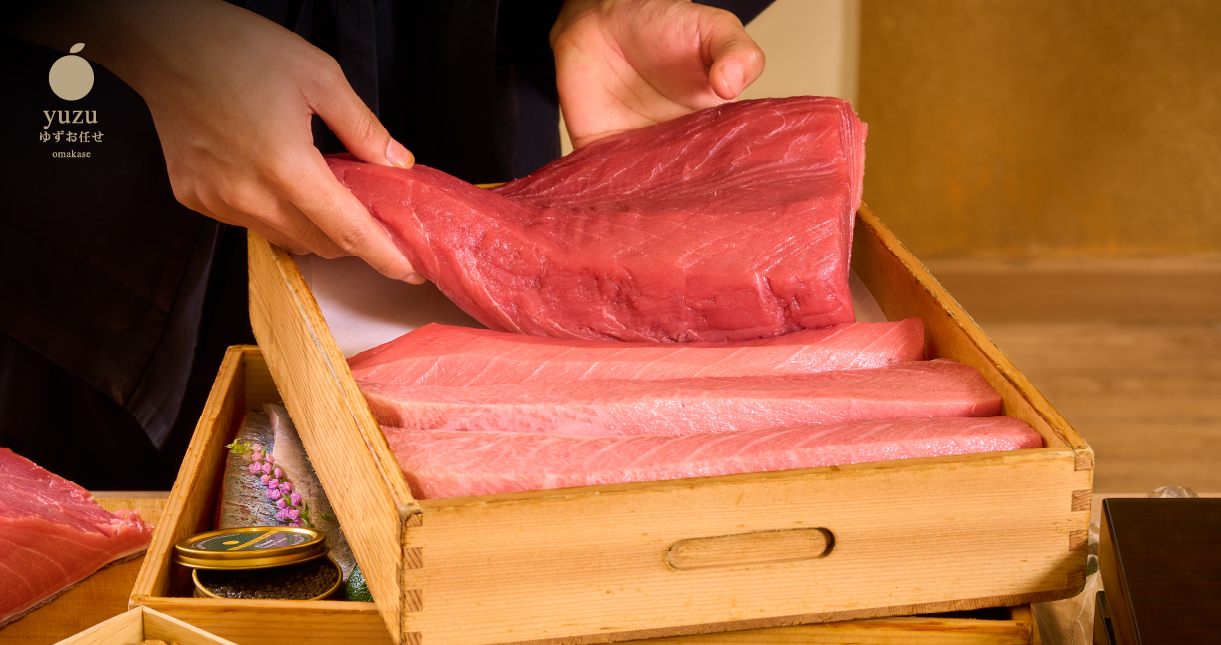
At Yuzu Omakase, we take pride in offering both nigiri and sashimi as integral parts of the omakase experience. Our chefs carefully source the freshest fish and seafood, ensuring that each dish highlights the natural flavors and textures that make Japanese cuisine so special.
Nigiri at Yuzu Omakase
Our nigiri is crafted with a focus on balance and precision. The rice is seasoned with just the right amount of vinegar, creating a perfect base for the fresh, premium seafood that tops each piece. Whether it’s otoro (fatty tuna), uni (sea urchin), or A5 wagyu, each nigiri is an expression of the chef’s skill and dedication to the art of sushi-making.
Sashimi at Yuzu Omakase
Our sashimi offerings showcase the finest cuts of fish, meticulously sliced to bring out their flavor and texture. Each sashimi dish is presented with care, allowing diners to experience the purity and simplicity of the ingredients. From delicate slices of fluke to the richness of salmon belly, our sashimi selection is perfect for those who appreciate the clean, refreshing taste of raw fish in its purest form.
Conclusion: Nigiri and Sashimi as Global Icons of Japanese Cuisine
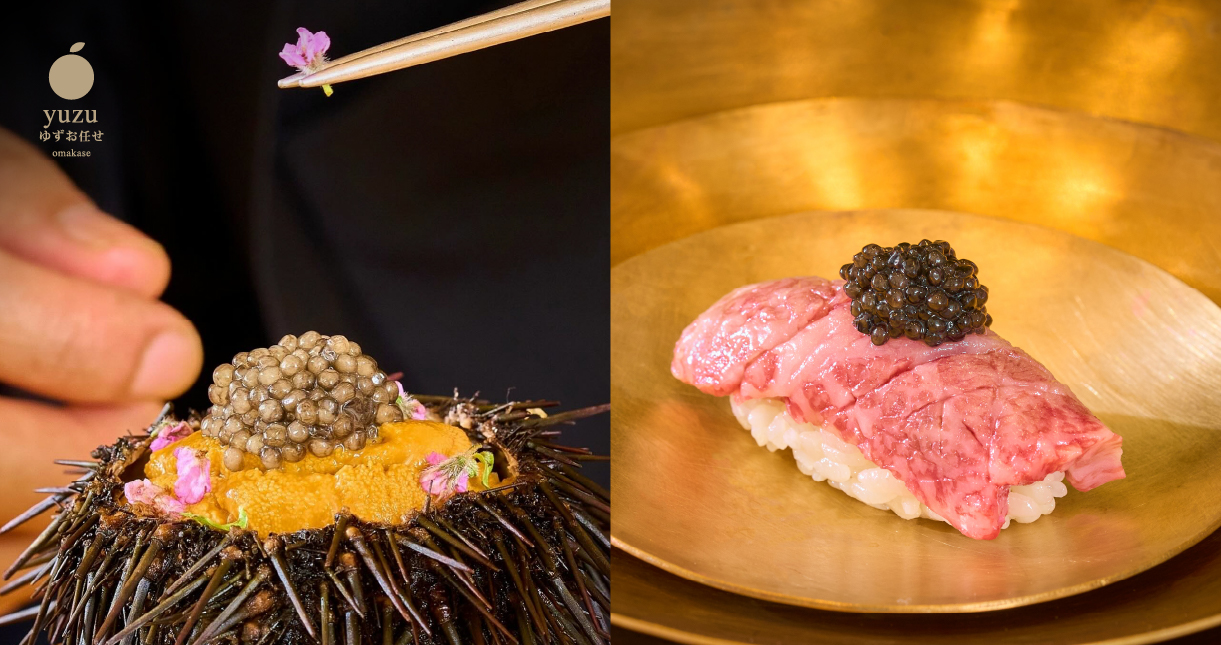
Whether you prefer the satisfying combination of fish and rice in nigiri or the pure, unadulterated taste of sashimi, these two dishes represent the pinnacle of Japanese culinary tradition. As they continue to gain popularity around the world, both

RELATE
-
The Global Appeal of Chef-Curated Tasting Menus in Omakase Thailand
From New York to Tokyo, Paris to Bangkok—chef-curated tasting menus have become the global benchmark for refined dining. At the center of this culinary shift in Thailand is Yuzu Omakase, where omakase becomes an immersive expression of art, season, and culture.
The World ● 2025 Aug 5
-
From Tokyo to Siam Square: A Legacy of Culinary Mastery in Japanese Restaurants
The soul of Tokyo’s revered sushi traditions now thrives in Bangkok’s dynamic heart. At Yuzu Omakase Thailand, ancient craft meets urban luxury—delivering a dining experience rooted in precision, purity, and the pursuit of culinary excellence.
The World ● 2025 Aug 4
-
Why Premium Dining Is Now All About the Journey — Not Just the Meal
Today’s most memorable meals aren’t just about taste—they’re about transformation. At Yuzu Omakase Thailand, every detail is curated to move you, surprise you, and immerse you in a world where dinner becomes a journey.
The World ● 2025 Jul 19
-
Experiential Restaurants Around the World: Why Omakase Bangkok Is a Global Star
Across the globe, diners are seeking more than just good food. They crave connection. Story. Emotion. They want each course to be part of a journey—guided by the chef’s hand and shaped by the space, sounds, and sensations of the moment. In Tokyo, omakase counters have long offered this experience. In New York, tasting menus… Continue reading Experiential Restaurants Around the World: Why Omakase Bangkok Is a Global Star
The World ● 2025 Jul 19



